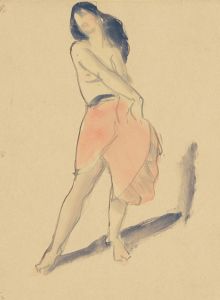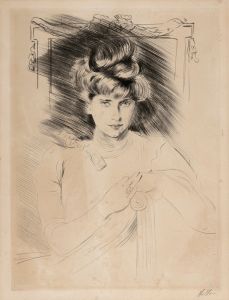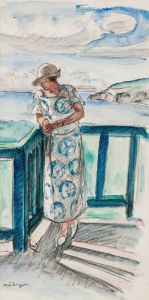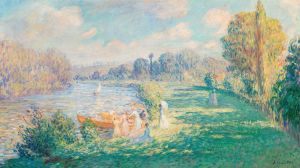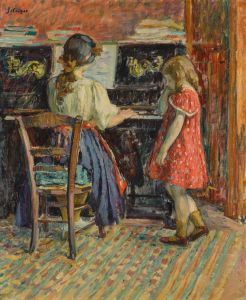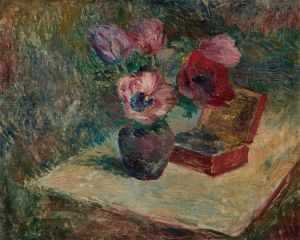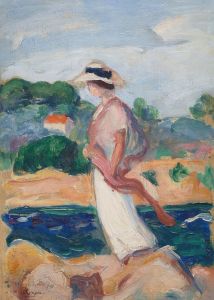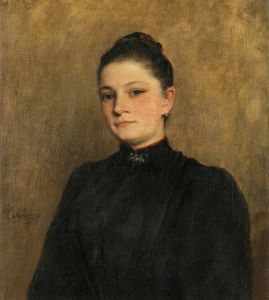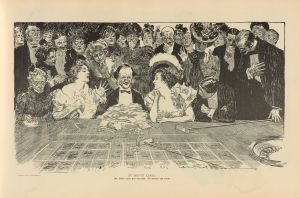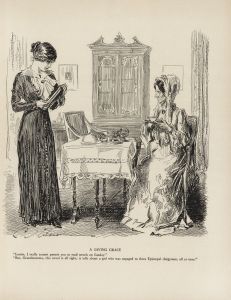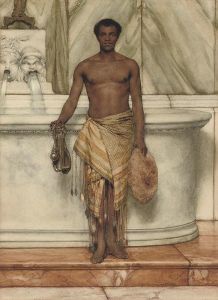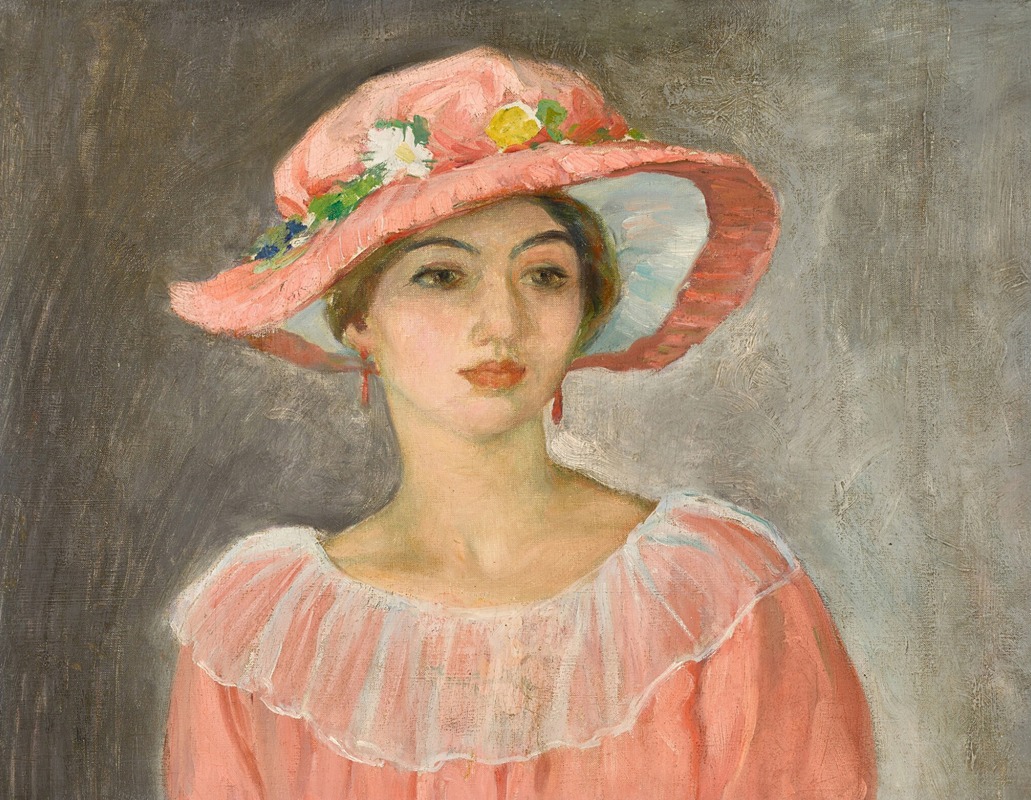
Le chapeau rose
A hand-painted replica of Henri Lebasque’s masterpiece Le chapeau rose, meticulously crafted by professional artists to capture the true essence of the original. Each piece is created with museum-quality canvas and rare mineral pigments, carefully painted by experienced artists with delicate brushstrokes and rich, layered colors to perfectly recreate the texture of the original artwork. Unlike machine-printed reproductions, this hand-painted version brings the painting to life, infused with the artist’s emotions and skill in every stroke. Whether for personal collection or home decoration, it instantly elevates the artistic atmosphere of any space.
Henri Lebasque was a French post-impressionist painter known for his vibrant use of color and light. Born in 1865 in Champigné, France, Lebasque developed a style that was influenced by both Impressionism and the more modern movements of his time, such as Fauvism. He was a contemporary of artists like Henri Matisse and Pierre Bonnard, and he often exhibited alongside them.
"Le chapeau rose" (The Pink Hat) is one of Lebasque's notable works, although specific details about the painting, such as its creation date or current location, are not widely documented. The painting exemplifies Lebasque's characteristic style, which often features intimate domestic scenes, landscapes, and portraits imbued with a sense of warmth and tranquility. His works are celebrated for their harmonious compositions and the way they capture the gentle, everyday moments of life.
Lebasque's approach to painting was deeply influenced by his surroundings and personal experiences. He spent a significant amount of time in the South of France, where the Mediterranean light and landscape greatly impacted his palette and subject matter. This influence is evident in "Le chapeau rose," where the use of light and color creates a serene and inviting atmosphere.
The painting likely depicts a woman wearing a pink hat, a subject that aligns with Lebasque's frequent focus on women and children in relaxed, informal settings. His portraits often convey a sense of intimacy and affection, reflecting his interest in capturing the essence of his subjects rather than just their physical appearance. The pink hat in the painting serves as a focal point, drawing the viewer's attention and adding a touch of elegance and charm to the composition.
Lebasque's work, including "Le chapeau rose," is characterized by a softness and fluidity that set it apart from the more intense and bold styles of some of his contemporaries. His use of color is subtle yet effective, creating a sense of depth and dimension without overwhelming the viewer. This balance is a testament to his skill and understanding of color theory, which he applied to create harmonious and pleasing compositions.
Throughout his career, Lebasque remained committed to depicting the beauty of everyday life. His paintings are often described as joyful and optimistic, capturing moments of leisure and contentment. This focus on the positive aspects of life resonated with audiences of his time and continues to appeal to modern viewers.
Henri Lebasque passed away in 1937, leaving behind a legacy of work that continues to be appreciated for its beauty and emotional depth. His paintings, including "Le chapeau rose," are held in various private collections and museums around the world, where they continue to be studied and admired for their contribution to the post-impressionist movement. Lebasque's ability to capture the subtleties of light and color, combined with his focus on intimate and personal subjects, ensures his place as a significant figure in the history of modern art.





